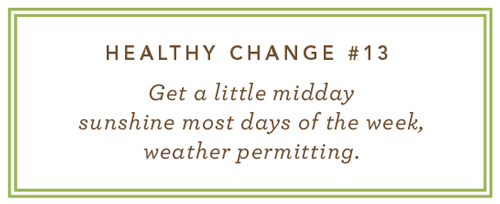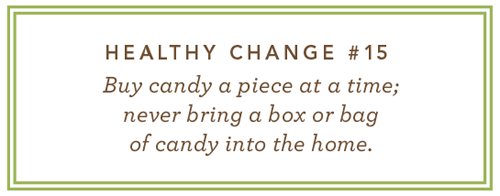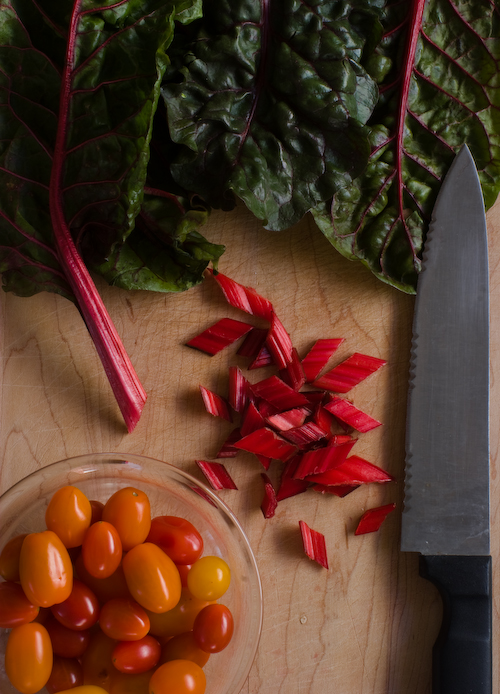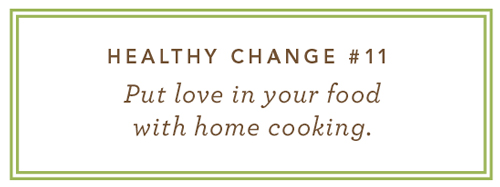The quick answer: Aside from a healthy diet and exercise, the next best thing you can do is get enough sunshine to maintain a healthy serum vitamin D level. It’s good for your mood and can help prevent a long list of diseases.
_______________________________________________________________________
A Curious Intersection
The last 34 days I pounded out the first draft of a book. As some of you know we live in Laguna Beach most of the year. It’s a funky town with a curious history: It was first settled by homesteaders in the 1870s who were all some kind of Mormon—not the kind that followed Brigham Young to settle the Great Basin, but they did consider themselves Mormon and left a spiritual legacy.
Artists followed the homesteaders in the early 1900s. Thanks to its picturesque coves and beaches, Laguna became an art colony important to the painting school known as Early California Impressionism. These people left a spiritual legacy found in the many art galleries today. Hollywood people followed the artists when the new Pacific Coast Highway reached town. Laguna was busy during the Great Depression thanks to a new technology: movies with sound. The beach you see above was the scene of Errol Flynn’s pirate movie, Captain Blood.
Finally in the ‘50s—with Hollywood movies like Gidget, and the sweet tones of the Beach Boys—the town became known for wave riding. The rise of surfing and skimboarding (invented locally at Victoria Beach) created a unique culture inspired by the Aloha spirit from Hawaii.
So I had the idea to write a book for visitors that could explain the spiritual roots of a town settled by such unique people. And let me assure you—the people here are unique. But here is the curious intersection between Word of Wisdom Living and life in a beach town: Vitamin D. In the picture above the best thing that is happening is the production of vitamin D from the action of sun on the cholesterol in your skin. So let the sun shine.
About Vitamin D
It’s essential to eat vitamin-rich food because the body can’t produce vitamins, with one exception: With a little sunshine, the body can make it’s own vitamin D. Unfortunately, the weathermen and dermatologists have scared us out of getting enough sunshine. Ever had your vitamin D level tested?
Sufficient D is essential to good health; vitamin D receptors are found in cells all through your body. The growing list of conditions where vitamin D deficiency is a risk factor includes seasonal affective disorder (SAD), osteoporosis, muscle and joint pain including back pain, certain cancers (breast, ovarian, colorectal, and prostate), obesity and diabetes, stroke or heart attack, G.I. diseases like inflammatory bowel disease (IBD) or Crohn’s disease, and immunological diseases such as MS and Parkinson’s disease. It’s a long list.
Vitamin D deficiency increases as you move away from the equator. In the Sunbelt you can get adequate D year around, though it takes longer in winter. But if you live above the 40th latitude parallel, roughly a line through Portland, OR, Salt Lake City, and New York City, you can ski all winter in your bathing suit and not get enough D.
There’s an annual cycle to your vitamin D level. For most, our D level peaks in the last sunny days of summer, then hits rock bottom as winter turns to spring. This is the point when you feel the blues, lack energy, or suffer muscle aches. Because spring just started, your D is likely at its annual low-point (unless you’ve just back from sunbathing here in Laguna Beach).
The Vitamin D Solution
The best book I’ve seen on vitamin D is The Vitamin D Solution, written by Dr. Michael Holick, PhD, MD. Holick suggests a 3-step solution of 1) testing, to know where you are, 2) sensible sunshine, and 3) safe supplementation when sunshine isn’t available.
The book makes two remarkable statements about vitamin D and cancer:
First, on the benefit of getting sensible sunshine: “vitamin D could be the single most effective medicine in preventing cancer, perhaps even outpacing the benefits of . . . a healthy diet”. We hear all the time that we should avoid avoid sunshine to prevent skin cancer, which brings us to the second point.
Second, the book quotes Dr. Edward Giovannucci on the benefits of sunshine for vitamin D versus the risk of skin cancer: sufficient “vitamin D might help prevent 30 deaths for each one caused by skin cancer”. I like those odds: 30 better outcomes at the risk of one bad outcome.
Testing Our Vitamin D
I recently saw my dermatologist. She’s a charming woman who cares about her patients. We talked about the trade-off between getting enough vitamin D the natural way—by sunshine—versus the risk of skin cancer. The good doctor pointed out that in southern California, you could get sufficient vitamin D with 15 minutes of sunshine on most days. Of course you have to show a little skin, so I do my workouts outdoors around noontime, wearing shorts and shirts without sleeves (except when it’s cold). When no one’s around I take off my shirt, but I try to avoid the “pinkness” that’s the first stage of a sunburn.
About six months ago I had my vitamin D level tested and the level was 43 ng/mL. Any value over 30 is considered healthy so I was happy with my method. The beautiful wife walks in the morning with her talking friends so gets less vitamin D. So she started laying out for a few minutes midday. We’ve been taught for so long that the sunshine is bad that it was hard for her but she was recently tested for vitamin D and got a good number also.
Depending on where you live, you need to develop a strategy for maintaining adequate vitamin D. It’s a bigger challenge for those in the northern latitudes so you need to consult your doctor. And you can always visit Laguna for Spring break.

Please note the term "a little" sunshine, sun that burns or turns the skin pink may be harmful and should be avoided. (If you live in the northern latitudes, don’t tolerate the sun, or are concerned about your vitamin D, consult your doctor.)
Please comment: Want to share your experience with vitamin D, or how you tested? Do you live in the northern latitudes? If so, what do you do in winter to maintain vitamin D.


 Wednesday, April 24, 2013 at 10:24AM | by
Wednesday, April 24, 2013 at 10:24AM | by  Skip Hellewell |
Skip Hellewell |  1 Comment |
1 Comment |  3 References | |
3 References | |  Email Article
Email Article 














